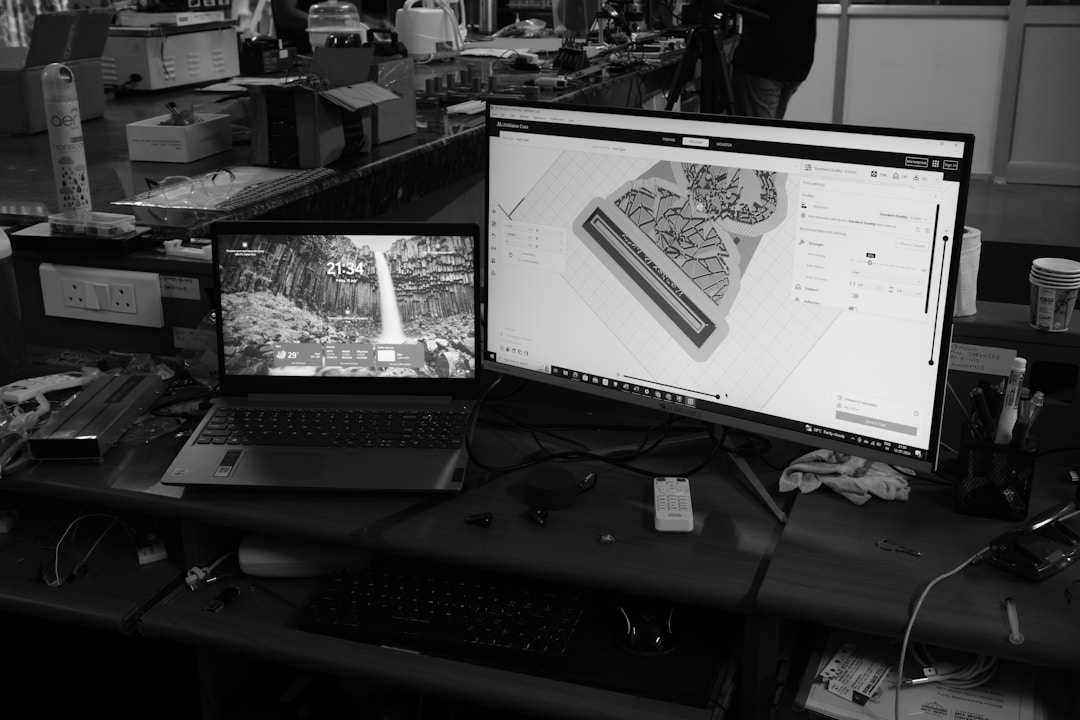
Essential Skills To Gain From AutoCAD Architecture Training
AutoCAD remains a pivotal tool in the field of architecture, enabling practitioners to create detailed and precise drawings vital for construction and design. Learning AutoCAD Architecture, a specialized toolset within AutoCAD, arms architects with the ability to draft both 2D and 3D structures efficiently. Professionals seeking to advance their careers in architecture or engineering should consider a targeted AutoCAD architecture training program that can refine essential skills and introduce advanced techniques. Below, we delve into the core competencies you can develop through a comprehensive AutoCAD Architecture training.
Mastering Precision Drawing Skills with AutoCAD Architecture

AutoCAD Architecture equips architects with precision tools essential for creating detailed drafts and accurate measurements. Through dedicated training, professionals learn to navigate commands, layer management, and object properties—key elements for successful architectural planning. Proficiency in using AutoCAD’s extensive library of pre-designed components streamlines the drafting process.
Advanced training includes customizing tool palettes and establishing standardized templates, promoting consistency and efficiency across projects. Architects also develop the ability to tailor AutoCAD to specific project needs. Just as vital is mastering editing tools for correcting errors and making exact changes, a critical skill for managing complex and evolving architectural designs.
Developing Efficient Architectural Workflow Strategies
AutoCAD Architecture training emphasizes developing efficient workflow strategies to boost productivity and reduce project timelines. Architects learn to navigate the software quickly and use automation tools like dynamic blocks and annotation features to streamline repetitive tasks. Training also covers integrating AutoCAD with other design and project management software, improving data exchange, and team collaboration.
By adopting best practice workflows and leveraging precision toolsets, architects can manage multiple projects more effectively and reduce errors from manual input. These optimized workflows enhance drafting accuracy and free up time for design refinement and client interaction.
Enhancing 3D Modeling and Visualization Techniques
3D modeling plays a vital role in architectural design by offering clear, visual representations of projects. AutoCAD Architecture training equips professionals with the skills to build detailed 3D models, navigate the workspace, and create realistic renderings. The curriculum emphasizes rendering techniques, including lighting, materials, and landscaping, to enhance client presentations.
Architects also learn to convert 2D drafts into accurate 3D models, ensuring design consistency. Training introduces the fundamentals of architectural photography and visual storytelling, enabling architects to craft emotionally engaging presentations that stand out in a competitive market. These combined skills enhance both project visualization and communication with stakeholders.
Understanding Building Information Modeling (BIM) Integration

Building Information Modeling (BIM) has transformed architecture by improving collaboration and streamlining project management. Integrating BIM with AutoCAD Architecture is essential for professionals aiming to stay competitive, as it enables detailed oversight from design to construction. Training in AutoCAD Architecture helps users grasp BIM principles, encouraging a shift from traditional drafting to comprehensive building life cycle management.
It also prepares architects to use BIM for sustainable design and regulatory compliance. Beyond individual projects, BIM supports urban and environmental planning. Effective BIM use requires strong collaboration across disciplines, making it vital for training programs to focus on the software’s collaborative features and real-time data integration.
Cultivating Project Collaboration and Management Proficiencies
AutoCAD Architecture training equips professionals with more than just design skills—it fosters effective team collaboration and project management. Trainees learn to communicate design ideas, embrace feedback, and use time-saving tools that enhance teamwork by streamlining file sharing and minimizing miscommunication.
The course emphasizes managing complex project data through organized file structures and version control to maintain clarity and accessibility. Participants develop leadership abilities crucial for overseeing timelines, delegating tasks, and maintaining standardized workflows, ensuring efficient project execution from start to finish.
Altogether, acquiring expertise in AutoCAD Architecture opens doors to innovation and advancement in the field of architecture and construction. With a comprehensive set of skills spanning technical drawing, BIM integration, and project management, architects are well-prepared to take on the challenges and opportunities of modern design.




